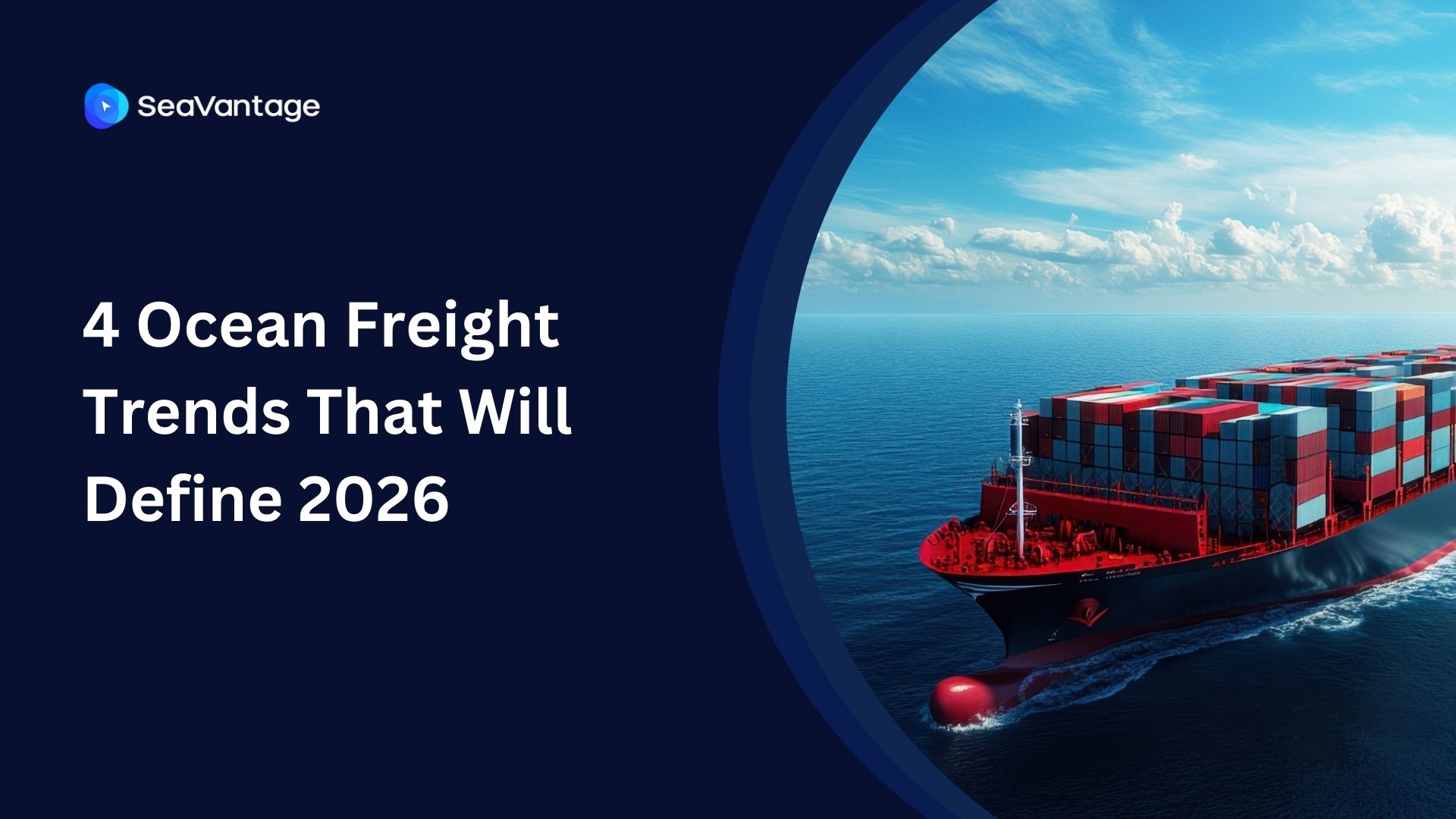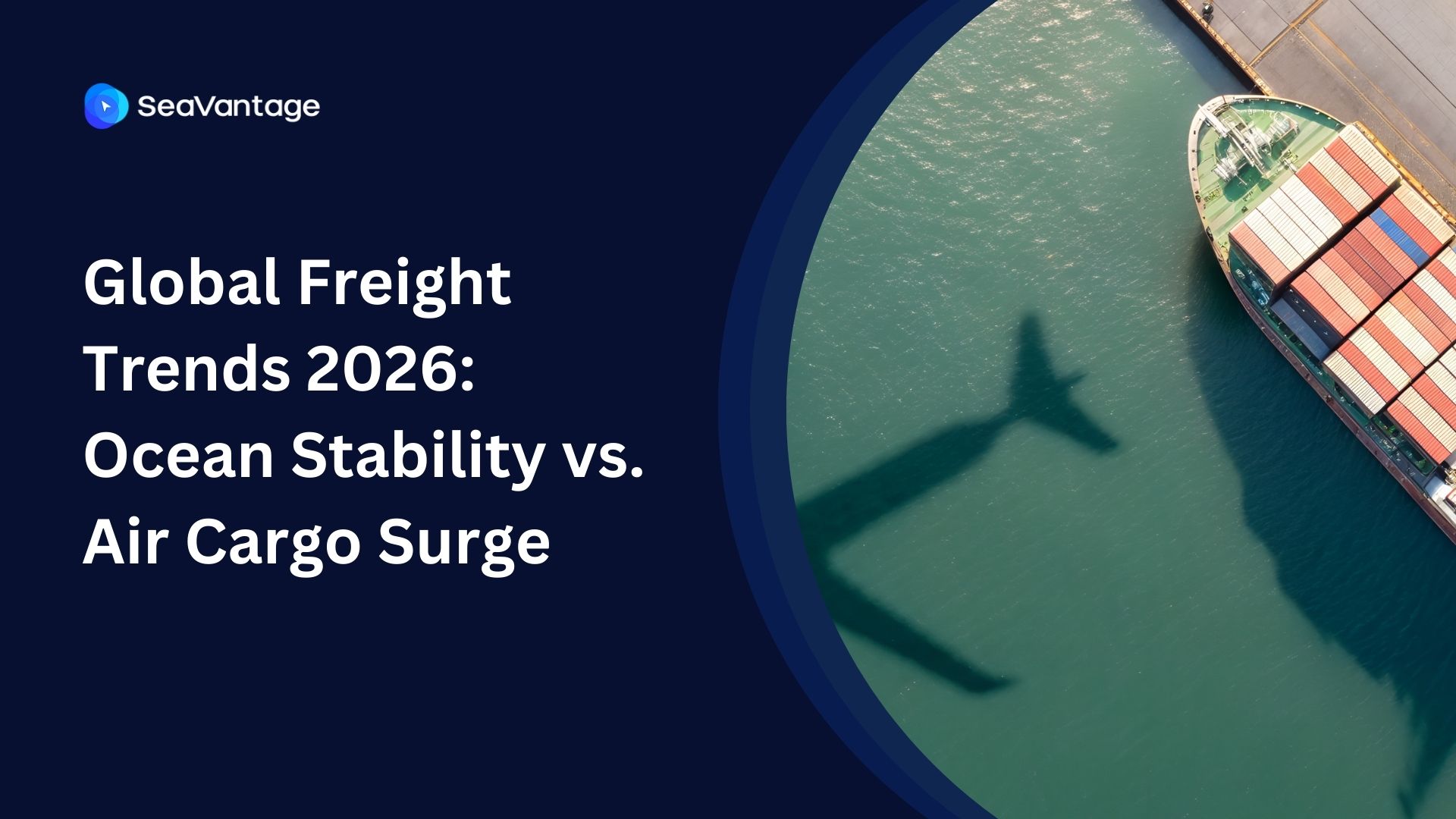The Hidden Costs of Poor Speed & Draught Management in Shipping
.jpg)
In maritime logistics, every decision influences the bottom line. From route optimization to cargo management, operational efficiency is key. However, one often overlooked factor that can lead to significant financial losses is poor speed and draught management.
If your vessels consume more fuel than expected or encounter unexpected port restrictions, it might be time to reconsider your monitoring strategy. This guide explores how inefficient speed and draught management impact costs and how smarter practices can save your business millions.
The Financial Impact of Excessive Speed
When vessels fall behind schedule, captains may increase speed to catch up. While this may seem like a quick fix, it often leads to soaring fuel costs and operational risks.
Fuel Consumption: The Real Cost of Speeding
Unlike cars, ships experience exponential fuel consumption as speed increases. A vessel traveling at 20 knots can burn nearly double the fuel compared to one cruising at 15 knots. This sharp rise in fuel usage results in substantial financial losses.
- Increased Maintenance Costs: Faster speeds cause greater engine strain, leading to higher maintenance expenses.
- Environmental Penalties: Excessive fuel consumption increases emissions, risking non-compliance with environmental regulations.
- Operational Inefficiencies: Speeding may reduce fuel efficiency, impacting long-term profitability.
Example
A bulk carrier burning 50 tons of fuel daily at an optimal speed could consume over 70 tons if accelerated. Over a year, this excess fuel usage translates to millions in losses.
Solution
Implementing real-time speed monitoring and AI-powered analytics helps operators identify the ideal speed for fuel efficiency. Platforms like SeaVantage offer actionable insights to ensure on-time delivery without unnecessary fuel consumption.
The Hidden Costs of Poor Draught Management
Draught, the depth of a vessel in the water, is another critical factor. Mismanagement can result in wasted fuel, missed cargo opportunities, and port access issues.
Why Draught Management Matters
- Fuel Inefficiency: Overloaded vessels face higher water resistance, leading to excessive fuel use.
- Underutilized Capacity: Incorrect draught management can mean vessels carry less cargo than their potential, reducing revenue.
- Bunkering Errors: Miscalculating draught may lead to purchasing too much or too little fuel, disrupting operational efficiency.
- Port Restrictions: Ports often have draught limits. Mismanagement could mean costly rerouting or delays.
Example
A tanker aiming for a 10-meter draught but arriving with a 10.5-meter draught may be denied entry, leading to additional transportation costs.
Solution
With real-time draught tracking and predictive analytics, shipping companies can adjust loads and fuel planning. Solutions like SeaVantage provide accurate monitoring, preventing costly rerouting and ensuring seamless port entries.
Compliance Risks: Environmental and Regulatory Challenges
Inefficient speed and draught management can also lead to non-compliance with environmental regulations, resulting in fines and restricted access to certain trade routes.
The Importance of Environmental Ratings
Organizations track fuel efficiency using:
- CII (Carbon Intensity Indicator)
- EEXI (Energy Efficiency Existing Ship Index)
Low ratings due to excessive fuel consumption can incur penalties or force operators to purchase carbon credits. Additionally, regulations like the EU Emissions Trading System (ETS) impose further financial burdens on companies emitting excessive CO₂.
Example
A vessel with poor speed management may drop from a CII rating of B to D. This could lead to higher compliance costs and reduced competitiveness.
Solution
Utilizing AI-powered management platforms like SeaVantage enables companies to monitor and optimize speed and draught. Staying within compliance parameters ensures lower carbon emissions and fewer regulatory risks.
Maximize Profits Through Smart Management
Effective speed and draught management aren’t just about cutting costs—they’re about maximizing profitability.
- Optimize Speed: Save fuel and reduce emissions.
- Monitor Draught in Real-Time: Prevent unnecessary rerouting and improve operational planning.
- Ensure Compliance: Maintain favorable environmental ratings and avoid fines.
By leveraging advanced maritime visibility solutions like SeaVantage, companies can make data-driven decisions, minimize operational inefficiencies, and boost profitability.
In a competitive industry where every dollar counts, smart management isn’t just an advantage—it’s a necessity.
2025년 9월, 주요 글로벌 항만에서 어떤 운송사가 가장 긴 선박 체류 시간을 기록했는지 확인해보세요. 트렌드를 비교하고, 지연을 파악하며, 전체 항만 데이터를 통해 운송 전략을 최적화할 수 있습니다.
2025년 8월, 주요 글로벌 항만에서 어떤 운송사가 가장 긴 선박 체류 시간을 기록했는지 확인해보세요. 트렌드를 비교하고, 지연을 파악하며, 전체 항만 데이터를 통해 운송 전략을 최적화할 수 있습니다.
2025년 7월, 주요 글로벌 항만에서 어떤 운송사가 가장 긴 선박 체류 시간을 기록했는지 확인해보세요. 트렌드를 비교하고, 지연을 파악하며, 전체 항만 데이터를 통해 운송 전략을 최적화할 수 있습니다.
iscover the 4 critical ocean freight trends for 2026, from the Red Sea reopening and fleet overcapacity to shifting global trade maps. Prepare your supply chain now.
Discover key 2026 freight market trends: Port of Houston expansion, air cargo "super peak," and ocean freight stability. Plan your supply chain with SeaVantage.
Explore November 2025 global port dwell time data. See which ports and carriers led in efficiency across Antwerp, Busan, Long Beach, Rotterdam, and Singapore.



.svg)





.jpg)

.png)